I was reading about some photographers who came back from an African safari the other day. They listed the equipment they used the most. Cameras costing thousands of dollars, lenses in the 500 to 600mm range which cost, you guessed it, thousands more. It got me to thinking about how wonderful the Kilimanjaro Safari is in Disney’s Animal Kingdom. However, it does have it’s challenges, too. With that in mind, I’d like to give you my list of equipment needed and other tips to get great wildlife photography in the Harambe Reserve.
I would recommend a camera or camera and lens combination which will reach out to 300mm or more. This will allow you to fill the frame with an animal or animals. Many Point and Shoot cameras do not do this. You can still get some great environmental photos of the savannah and when the animals venture close to your “jeep”. For me, I’d recommend a high end Point and Shoot camera with an 8x or more zoom lens. If you own a digital SLR, a lens reaching 200 to 300mm (depending on your camera’s crop factor) will work great. I have used a couple of different lenses on the safari with good results. A Nikon 80-200mm f/4.5-5.6D AF and the 18-200mm f/3.5-5.6 G ED-IF AF-S VR DX Zoom lenses. With my Nikon D70 crop of 1.5, I get a 300mm focal length with either lens. There are many economically priced zoom lenses in the 55mm or longer to 200 to 300mm range.
Now the part which separates the P&S from the dSLR, because the jeep was designed to give a bumpy ride and it does move, you have to set your camera to get fast shutter speeds to cut down on blurry pictures due to vibration. Anit-vibration technologies aside, those jeeps sway and bump even when stopped as people try to get to one side or the other to see the animals. I set my camera to Shutter priority mode and 1/500th of a second shutter speed. If it happens to be a very bright day you can set it even faster. You may have to increase your ISO setting to obtain these shutter speeds. I usually set mine to an ISO of 800 if it’s an early morning or late afternoon safari and 400 if it’s during the mid-day sun.
Due to the distance even with a long lens, chances are you will want to crop your photos as, again, it’s hard to compose in a moving, bouncy vehicle. A 6 megapixel (MP) or more camera is probably going to give you the ability to do this. Lower MP cameras will not give you as much creative leeway. In the African Lion photo below, I cropped this from the original portrait orientation to eliminate some sky which was cloudy and the bottom portion which featured a fellow guest’s arm.
I’ve ridden on both sides of the jeep and have found most of the good viewing is on the left side. They load you from the right side so you want to be the first one in a row. The hippos, giraffes, elephants, crocodiles, and many of the antelopes tend to be on the left side.
Time to get on your safari hat, shirt and shorts to go after some big game, Disney-style! Oh, don’t forget to make sure you have extra batteries and they are all charged up before you leave your room. Nothing like having the perfect shot of a giraffe in your viewfinder, pressing the shutter and your camera tells you it’s battery is too low. Don’t ask me how I know this.


 Baby Elephant (uncropped photo). © Scott Thomas Photography 2008
Baby Elephant (uncropped photo). © Scott Thomas Photography 2008 African Lion (cropped photo). © Scott Thomas Photography 2008
African Lion (cropped photo). © Scott Thomas Photography 2008 Giraffe Mother & Calf (uncropped photo). © Scott Thomas Photography 2008
Giraffe Mother & Calf (uncropped photo). © Scott Thomas Photography 2008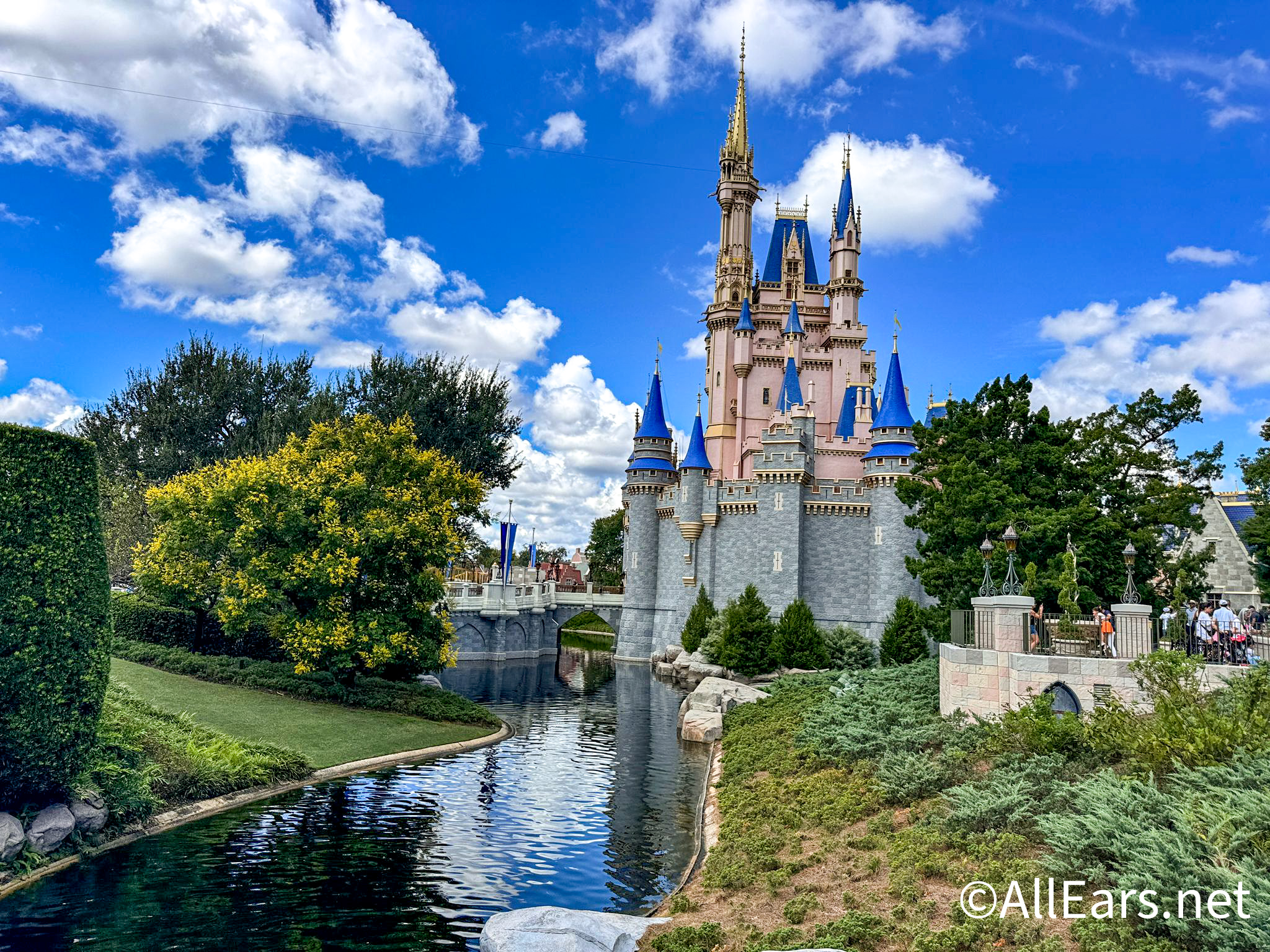
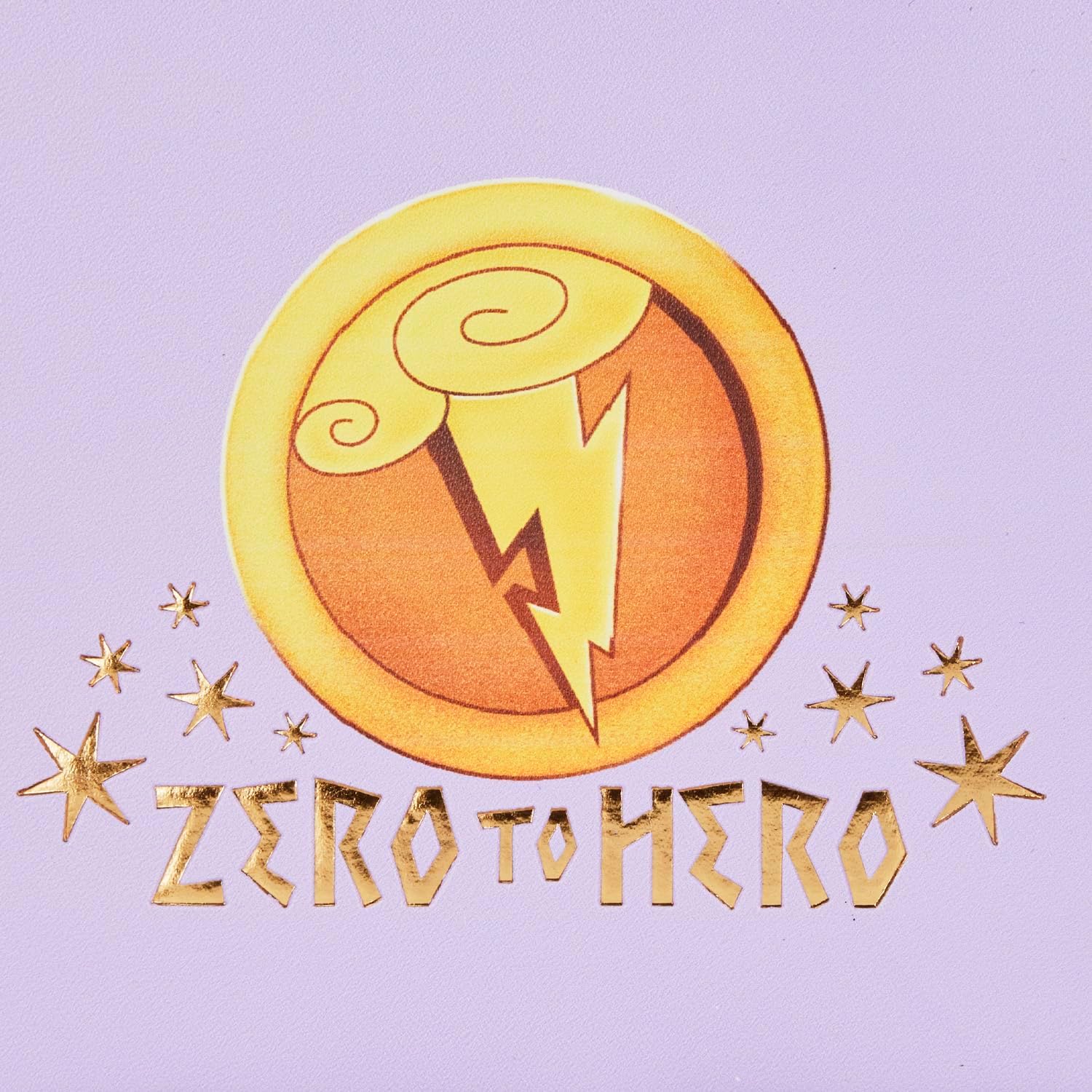
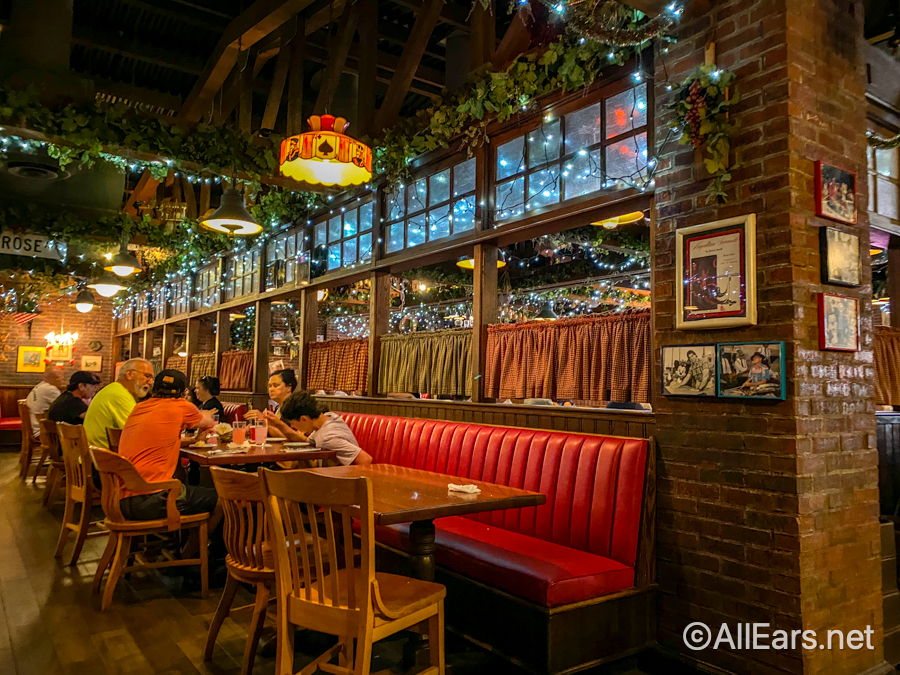





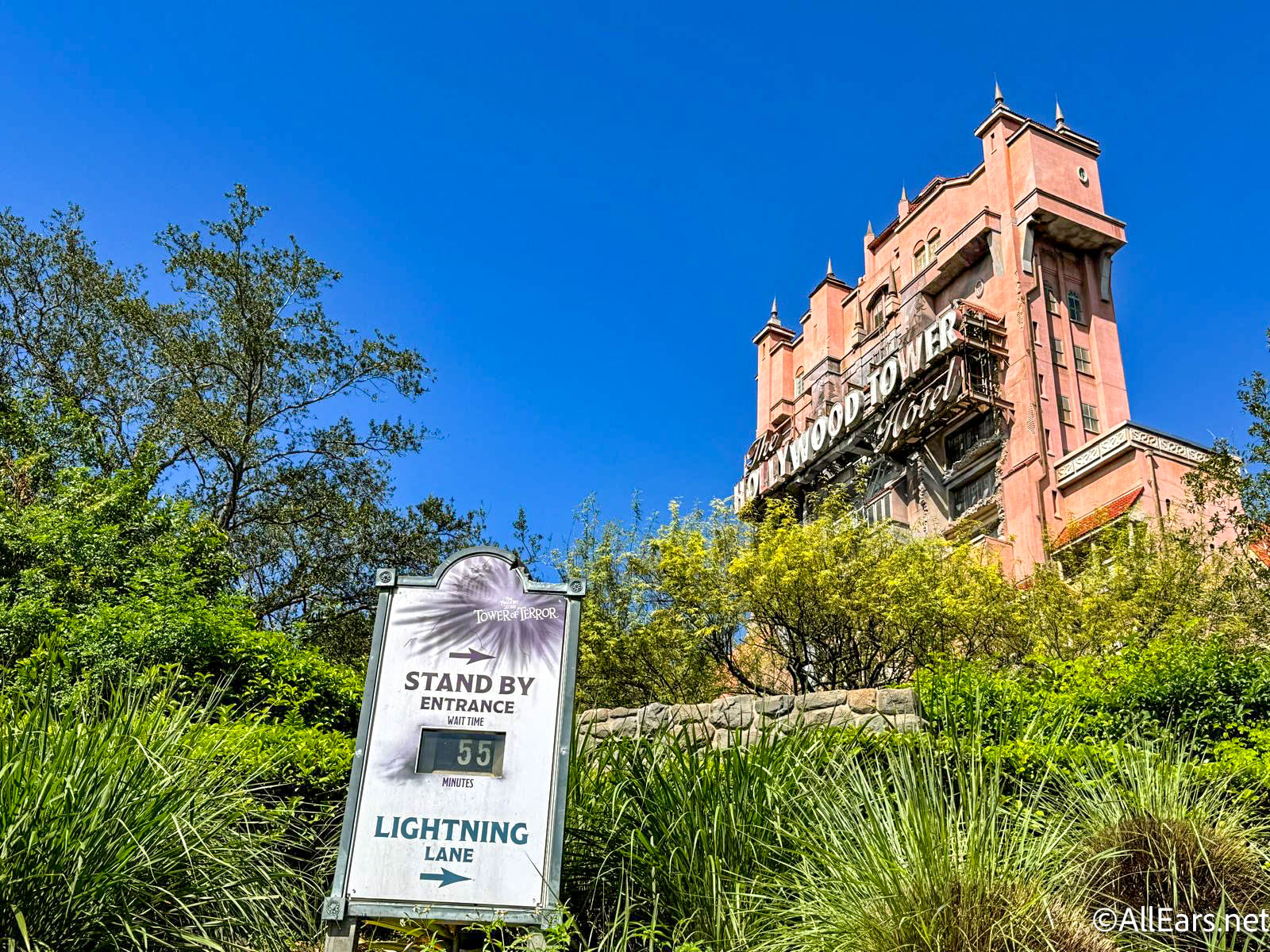
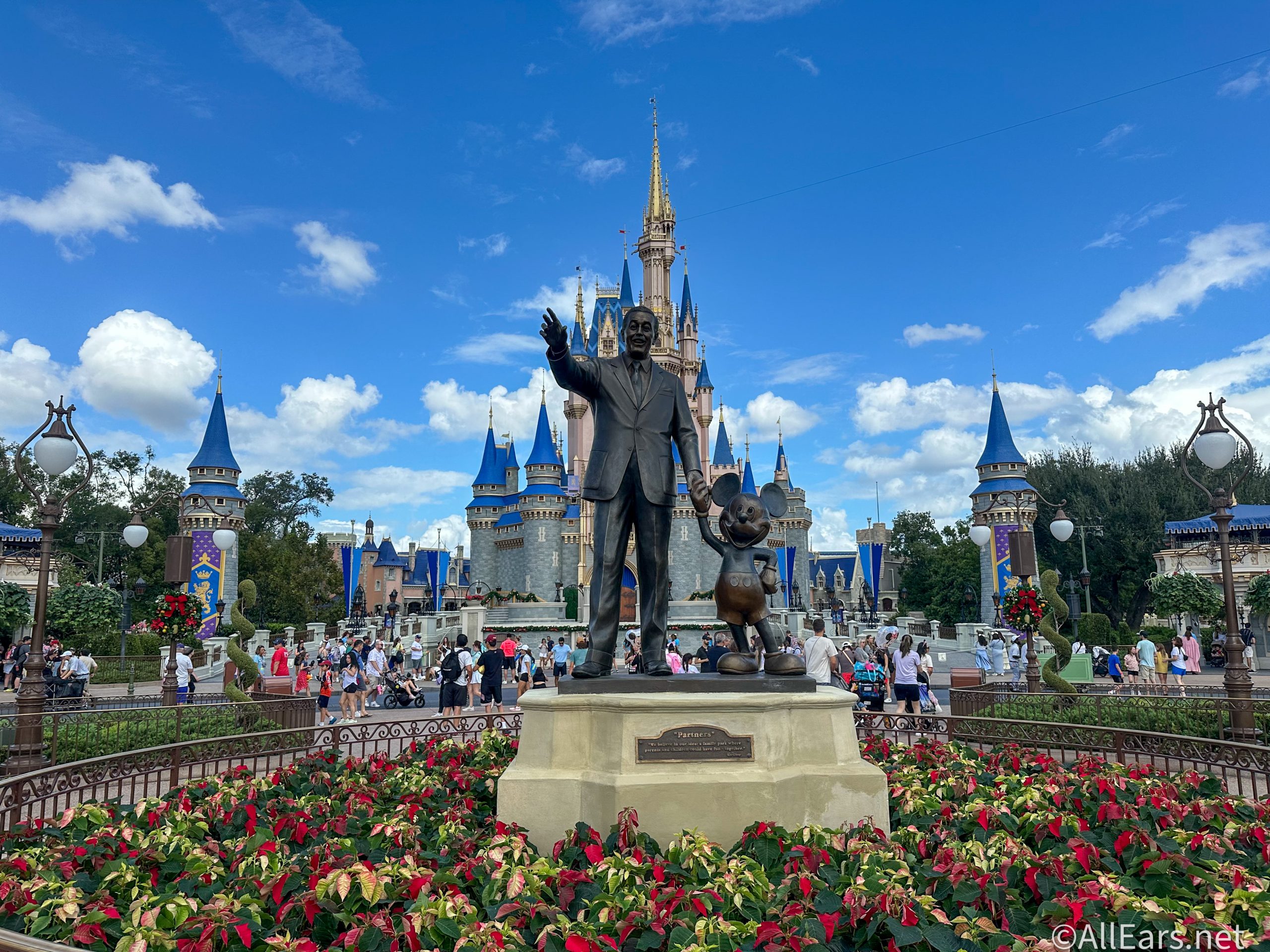
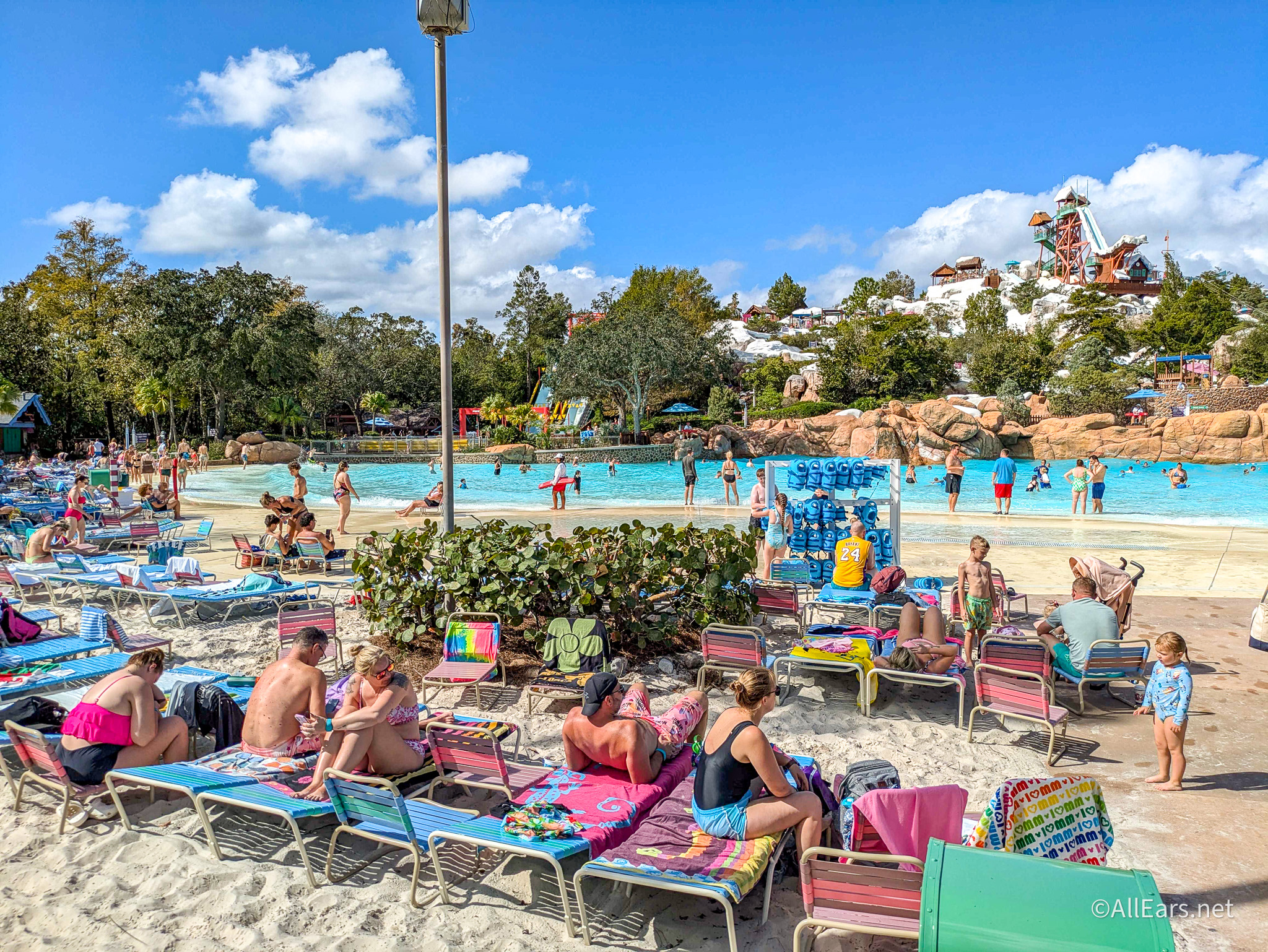

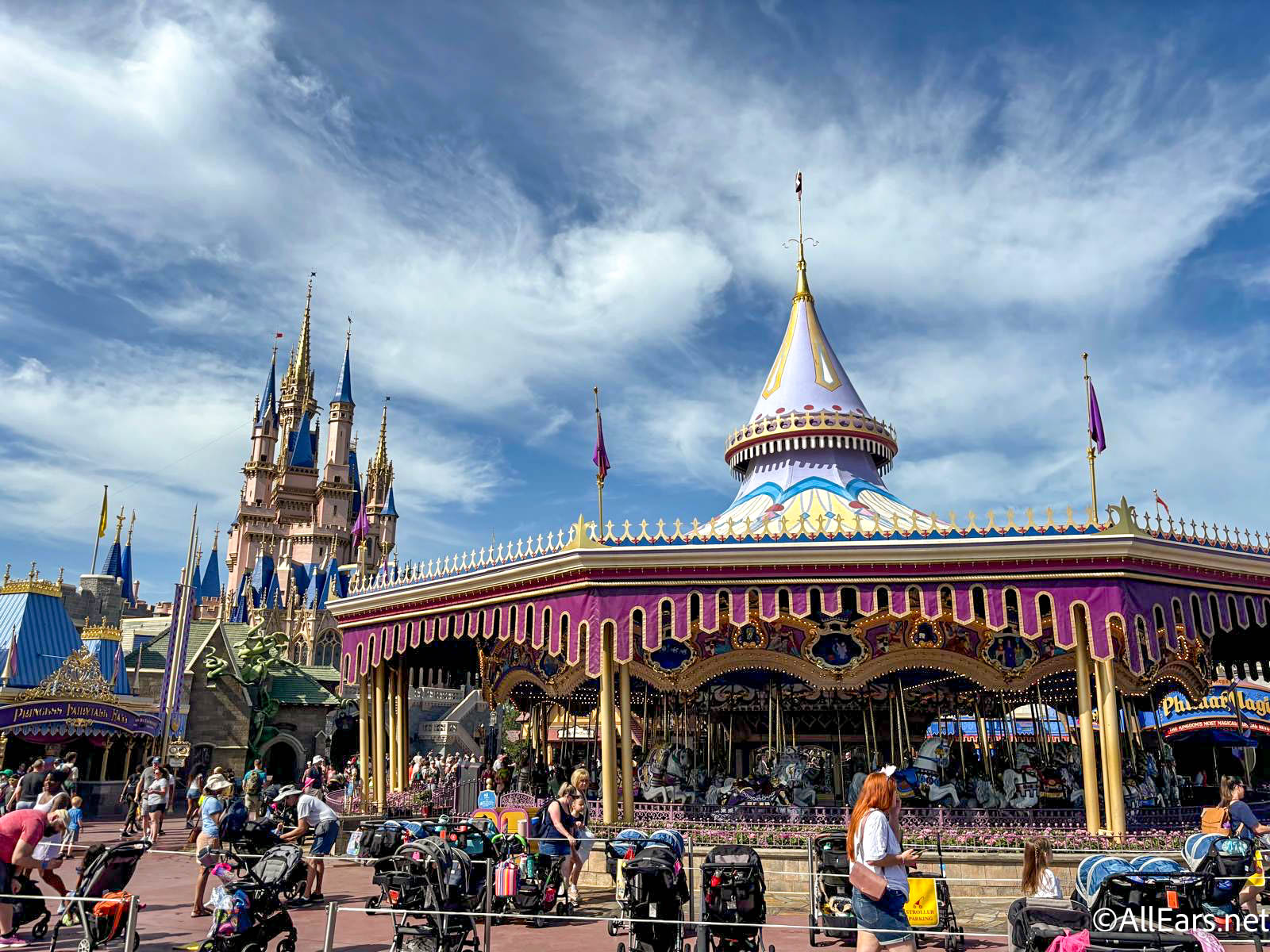
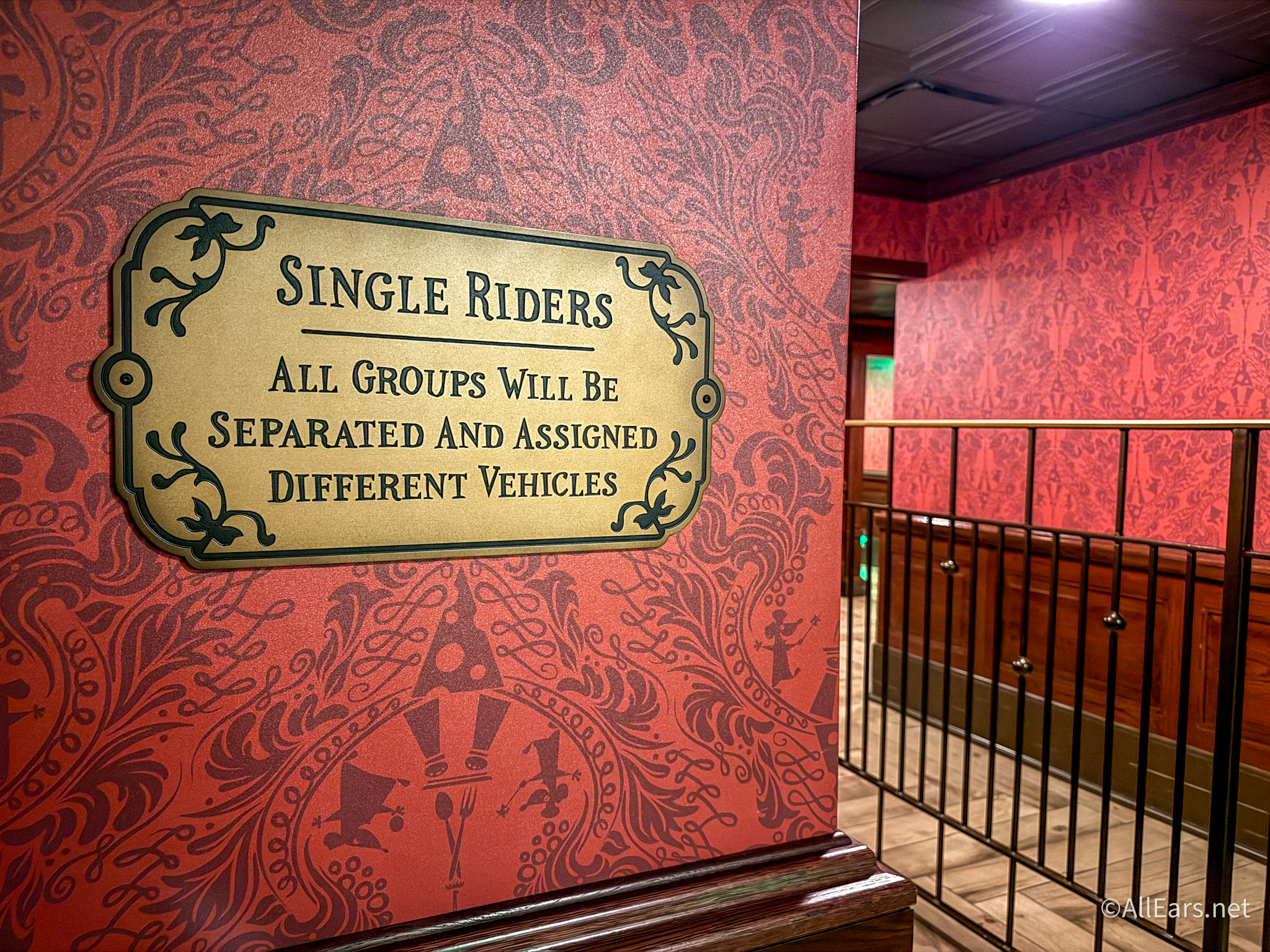

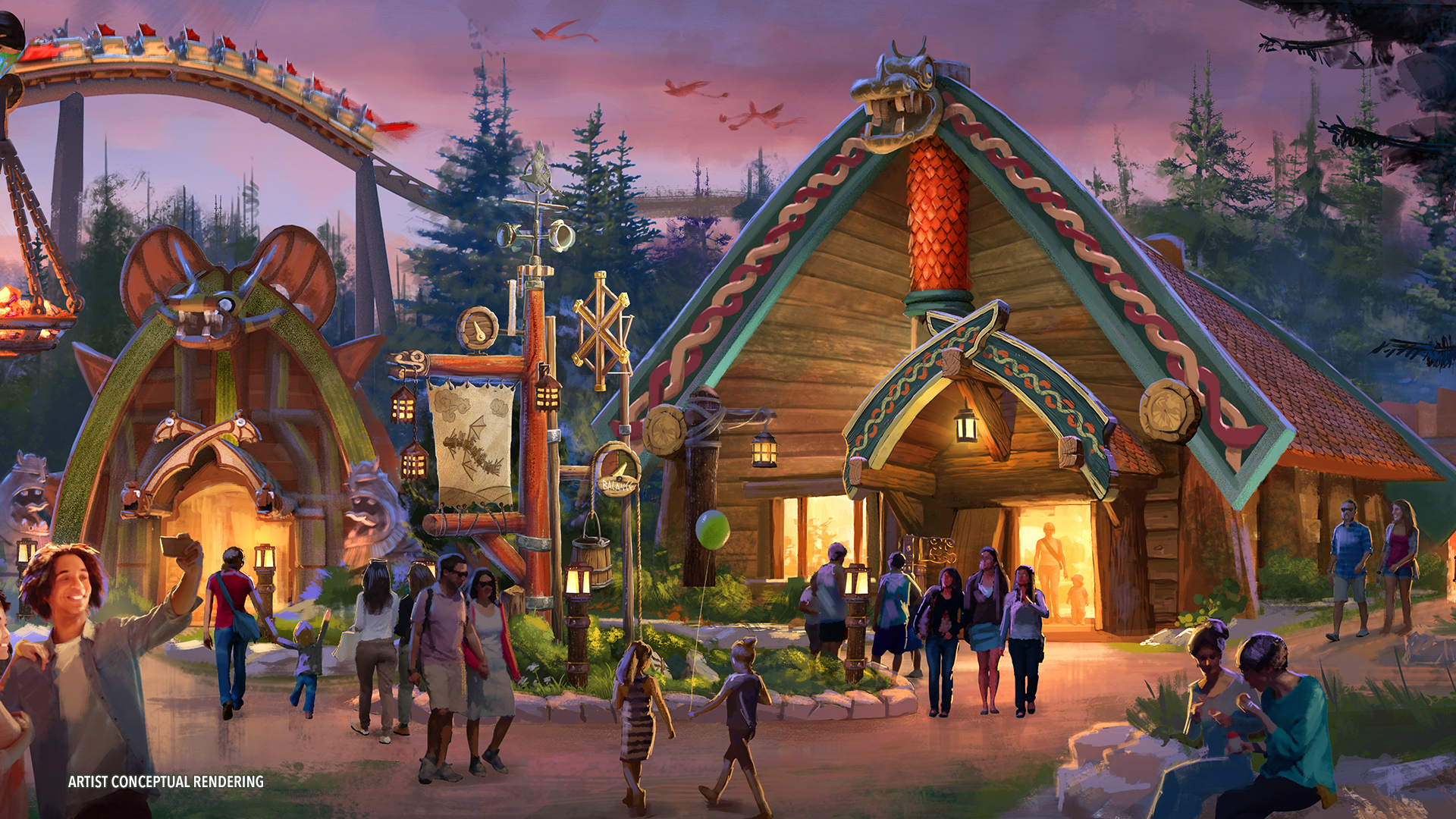

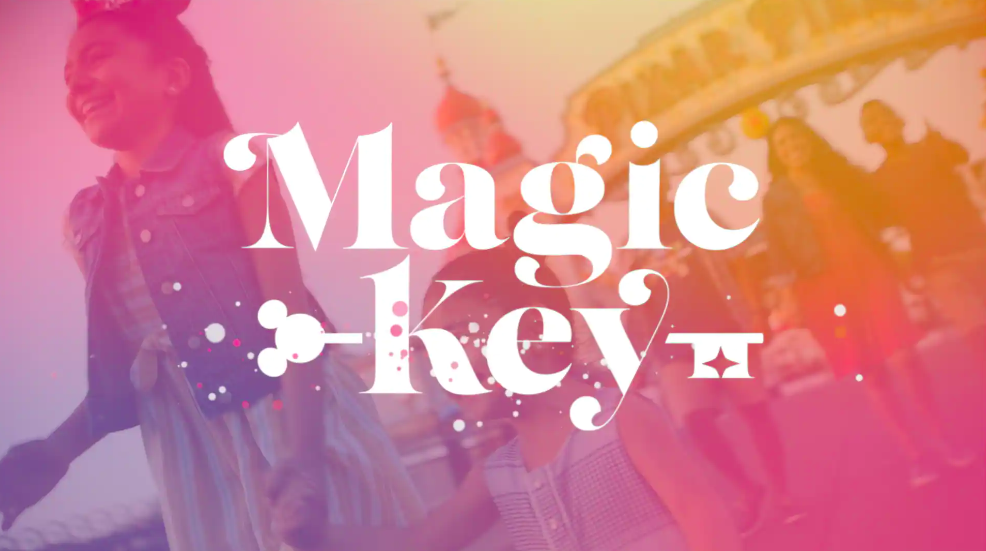


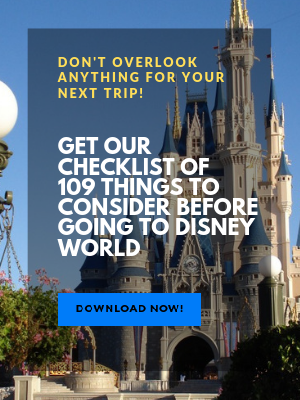
Trending Now
Every Disney adult is going to Amazon to buy their Disney park day shoes!
Check out some of our favorite Disney Loungefly bags from Amazon!
This Disney World restaurant is closing in two weeks!
We're sharing the Disneyland restaurants that we AVOID when we visit!
We have some brand-new Loungeflys for you from Amazon!
Disney just dropped a NEW Star Wars collection online, featuring a new Loungefly backpack, Minnie...
Both Disney World and Universal Orlando have refillable mugs but which one is better? Let's...
We are heading over to the Walt Disney World Swan Hotel for breakfast at Garden...
It's almost time for summer in Disney World! Know what that means? Your cool-weather clothing...
There are two reasons why everyone is going to be running to Disney World this...
Heads up! This MAJOR part of Disney World closes in just 5 DAYS!
Simba can't wait to be king...but we can't wait for you to see these new...
Some of Disney's most popular rides had major trouble yesterday -- let's hope it's not...
A majorly popular EPCOT ride has just started testing a single rider line!
Power-Up Bands are coming to Universal Orlando.
Universal creatives just released MORE exciting details about the lands coming to Epic Universe, and...
Can you still use straws in Disney World? Here's what we know.
There's been a major update about Disneyland's Magic Key system!
The Annual Passholder Lounge is coming back to EPCOT!
Run, don't walk, to Epic Universe for this delicious sweet treat!